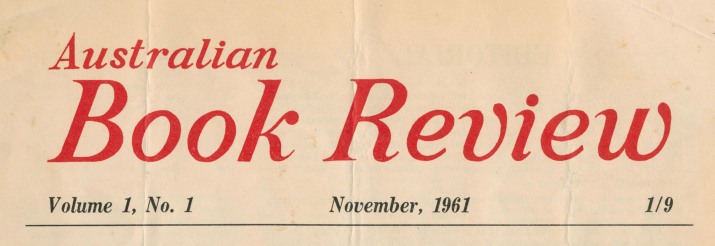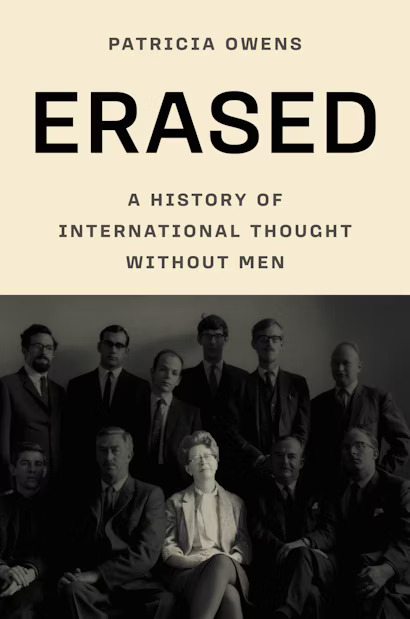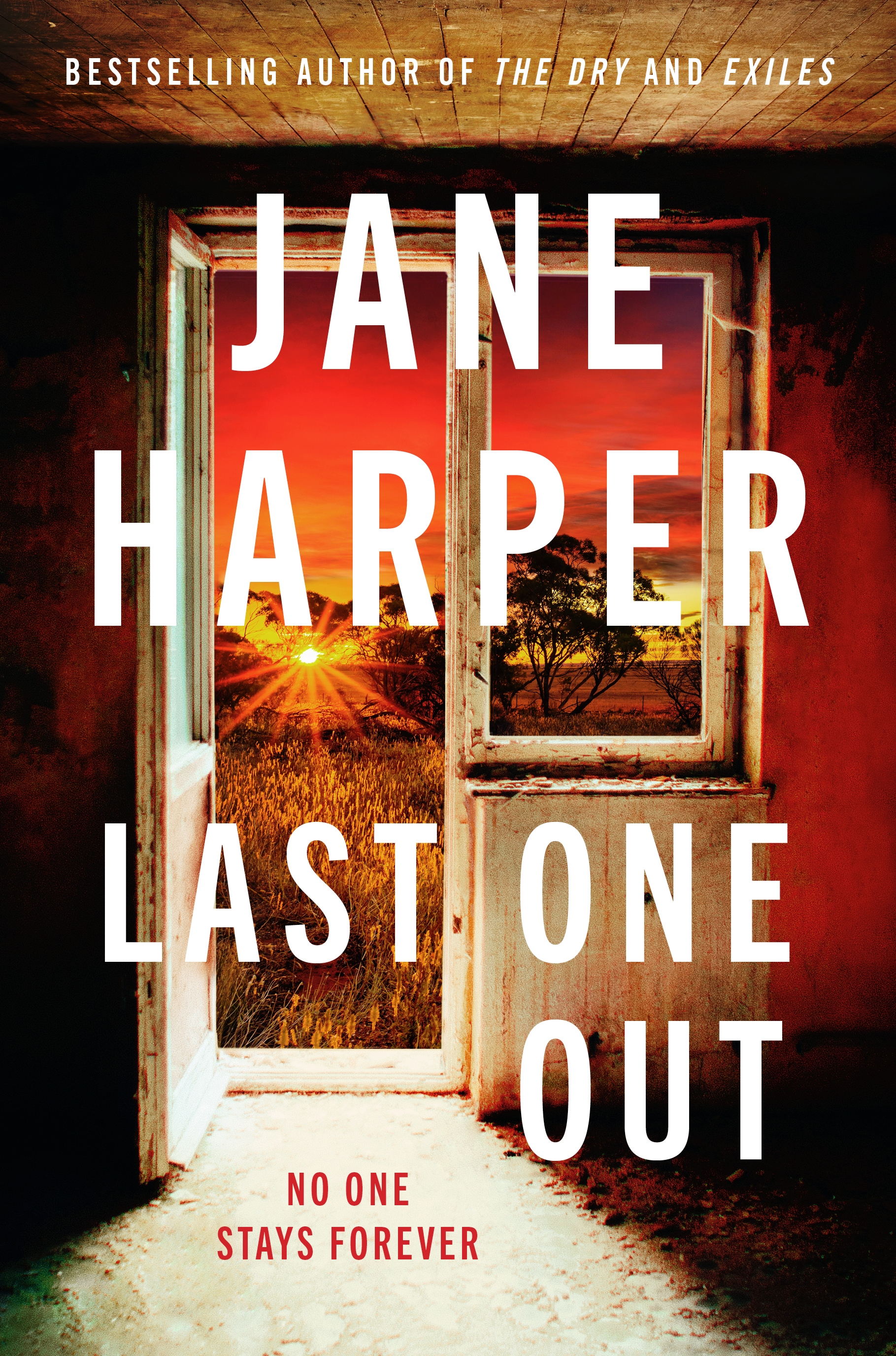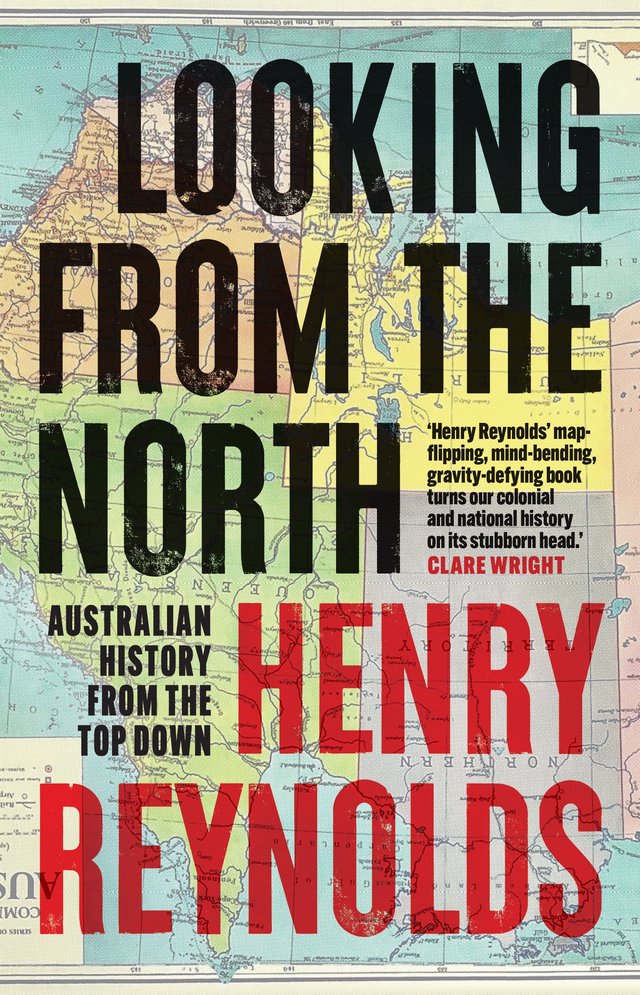Vale Robert Hughes (November 1961)
Nolan and his comic cobber
Sidney Nolan
Thames & Hudson
Reviewed by Robert Hughes
(Artist and art critic of Nation)
This article was originally published in the November 1961 issue of ABR.
Thames & Hudson’s Nolan book is in danger of becoming a standard work. It should not. It is a blatant promotion job, with few claims to be a serious evaluation of Nolan’s oeuvre. Consider the ‘invisible criticism’ first: the selection of the plates for reproduction. The work on which Nolan’s reputation will ultimately rest, is underplayed: that is, the Kelly series of 1946–47, the early Fraser Bracefell picture of 1947–48, the Queensland paintings, some of the explorer series, the Central Australian landscapes. The emphasis, in the text and in the volume of reproduction, is on Nolan’s post-1950 work. But with the carcass paintings of 1952, Nolan’s ability to manipulate an image accelerates, his power to invent one declines.
There is a forced repetitiousness in the later Kellys of 1954–57, a confused slickness in the rainforest paintings, a tooheavy leaning on Monet in the later Frasers and Bracefells, and the neat thumbprint of Bond Street on Leda. The latest studies, for his new Gallipoli series, have the slight gloss of an unreal solution.
Now consider the statistics: two of the first Kelly series reproduced, seventeen of the second; and, in all, only twenty-eight of the 119 paintings and drawings reproduced are dated earlier than 1951. No less than sixty-nine of the reproductions are listed as ‘collection of the artist’, or ‘collection of Cynthia Nolan’. Come buy!
So the impression someone unacquainted with Nolan’s work would get from the book is of a talented, agile and eclectic lightweight. And most of the text is puff, not study. The offender is Colin MacInnes, novelist, a professional expatriate.
MacInnes’ fulsome ‘evocation’ of Australia is designed to put Nolan’s work in a context of experience. Done well, this would be valuable: it must be done for every environmental artist. But MacInnes, by rendering Australia as a Las Vegas of the independent soul, gives Nolan’s work the sentimentalised, ManFriday-in-trousers cast which London wants as an expiation for the present staleness of its native painting.
MacInnes plays at being a new Sir John Maundeville. Do you want monstrous beasts? From his hat, he will give you Bondi sharks, which ‘cruise eagerly offshore at sixty miles an hour’. With this myth of the supercharged mako comes the kookaburra, whose voice is ‘the most insulting and degrading in creation’; and the kangaroo, of whom MacInnes notes with suffocating archness that ‘although he’s made his reputation as a boxer, he looks more like any senior member of any Australian cricket team’.
Then, he deals with the people. Australia, he writes, was exclusively a penal colony for a third of its history – that is, until 1850. Tarboys and others will be comforted to learn that ‘A sheep or cattle station is a self-contained community where work is play.’ His views on the White Australia policy are fatuous. ‘The Australians are the only people of European stock in the whole world, who, living in a torrid climate, have resolutely refused to batten on coolie labour … to bar the way to the Asians was to reject the pleasures of a parasitic existence’. Nor do Menzies or Playford exist: ‘This is the country of Labour power.’ The lifesavers at Bondi are compared to Spartans exercising, and, surprisingly, are said to be fond of dragging people from the surf when no danger threatens and pummelling them on the beach.
Now we get to art. MacInnes, who doesn’t know the relative changes in the price of pictures and the basic wage since 1939 (100% against 450%) thinks Australia a paradise of patronage, illustrating this with Governor Macquarie, who ‘bestowed upon his favourite painter, Richard Read, the sinecure post of coroner’. This munificence, ‘in the grand European manner’, keeps on in the State galleries. Their directors, with the exception of Mr. Westbrook, will be amazed and charmed to learn that they all preside over ‘masterpieces which are the envy even of venerable European galleries’.
MacInnes deals with Ned Kelly in a fine B.O.P. style (‘they shot at his legs and bowled him over’), observing that Kelly’s Jerilderie letter is ‘a key document in Australian literary history’ (!).
We get a brief rundown on the history of Australian art, which ignores the significance of the early convict painters, skids over Martens and Buvelot, dismisses the work of Streeton and Roberts as ‘aesthetically sub-Millet’; after a superficial paragraph on aboriginal art (‘the naturalistic pictures are done for pure enjoyment, or for the instruction of children’) we run into Nolan.
Now MacInnes’ essay is called The Search for an Australian Myth in Painting. This, to others, would presuppose at least a brief study of Nolan’s contemporaries and what contributions they made to form this myth – for Nolan didn’t operate single handedly. But MacInnes is not writing art history; he is peddling a myth about a myth, with whose inner compulsions and historical situation he has next to no contact at all. Thus the complex strands of the near-symbiotic relationship between Melbourne avant-garde painters of the early forties under John Reed is not even mentioned, let alone discussed. And no analysis really takes place – only vague speculation of the ‘Might-it-not-bethat—?’ kind, varying between farfetched possibility and the most involuted nonsense. Unhappily, MacInnes suffers from the illusion, revealed earlier in his Encounter essay, that Australian culture must needs be defined from the banks of the Thames.
Both Sir Kenneth Clark and Bryan Robertson do Nolan far more justice. Sir Kenneth’s introduction does not wholly avoid the London typecasting of an Australian image, but he writes – as ever – gracefully, lucidly, and very much to the point. His parallel between Nolan and Benjamin Britten, comparing their rapid assimilation of a wide variety of sources, their way of transcending local implications, their outsider heroes, is most illuminating. Bryan Robertson’s biography is more than a biography: it is sustained and deft criticism, indicating the areas of integration between Nolan’s stimuli, working methods, personality and vision. What these two men have to say about Nolan counteracts, to some extent, the very unfavourable impression the rest of the book gives.
Nolan is deceptively easy to ‘knock’. That is one of the penalties of being the one Australian artist to have successfully captured, consistently, the imagination of England. So daggers gleam in the dark when his head nods. But one should not let the Thames and Hudson book, which bears so little close examination, blind one to Nolan’s very substantial achievement. He is the best painter this country has yet produced; and during the decade from 1941 on, he did more to make articulate the image and metaphysical contours of Australia than anyone else. His present paintings are now reaping him the reputation his earlier ones earned, and this involves him in a perilous course along the tightrope of fashion; as soon as people ask, ‘What will Sid do next?’ it is time to watch out. Only one painter in this century has managed to épater les bourgeois consistently and keep his vision as pure and dynamic as before: Picasso. Nolan’s danger is his adaptability: he can do it. But not for long, and not very well either. The rolling penny has begun to wobble a bit.






Leave a comment
If you are an ABR subscriber, you will need to sign in to post a comment.
If you have forgotten your sign in details, or if you receive an error message when trying to submit your comment, please email your comment (and the name of the article to which it relates) to ABR Comments. We will review your comment and, subject to approval, we will post it under your name.
Please note that all comments must be approved by ABR and comply with our Terms & Conditions.